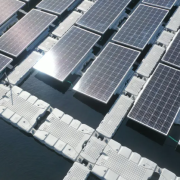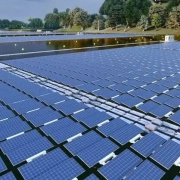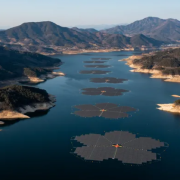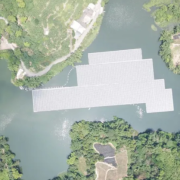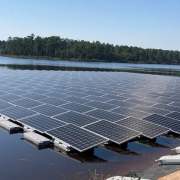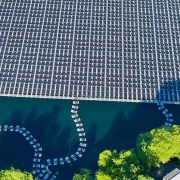A reservoir is many things: a source of drinking water, a playground for swimmers, a refuge for migrating birds. But if you ask solar-power enthusiasts, a reservoir is also not realizing its full potential. That open water could be covered with buoyant panels, a burgeoning technology known as floating photovoltaics, aka “floatovoltaics.” They could simultaneously gather energy from the sun and shade the water, reducing evaporation — an especially welcome bonus where droughts are getting worse.
Now, scientists have crunched the numbers and found that if humans deployed floatovoltaics in a fraction of lakes and reservoirs around the world — covering just 10 percent of the surface area of each — the systems could collectively generate four times the amount of power the United Kingdom uses in a year. The effectiveness of so-called FPVs would vary from country to country, but their research found that some could theoretically supply all their electricity this way, including Ethiopia, Rwanda, and Papua New Guinea.
Click here to read the full article
Source: Grist
—
If you have any questions or thoughts about the topic, feel free to contact us here or leave a comment below.

